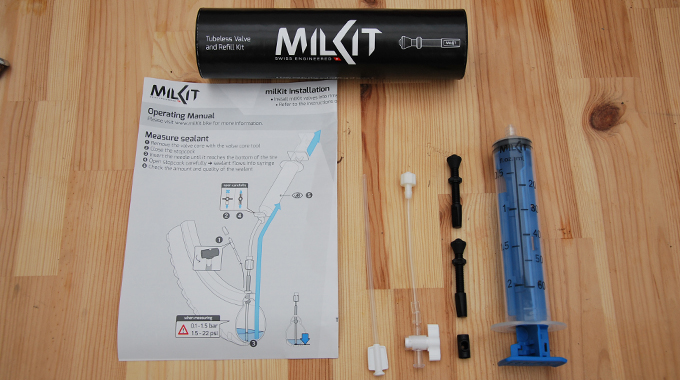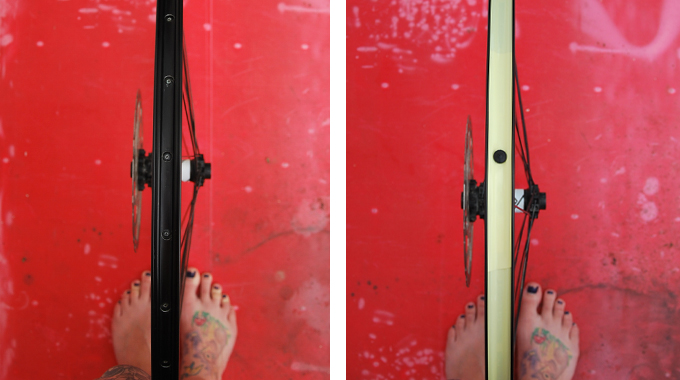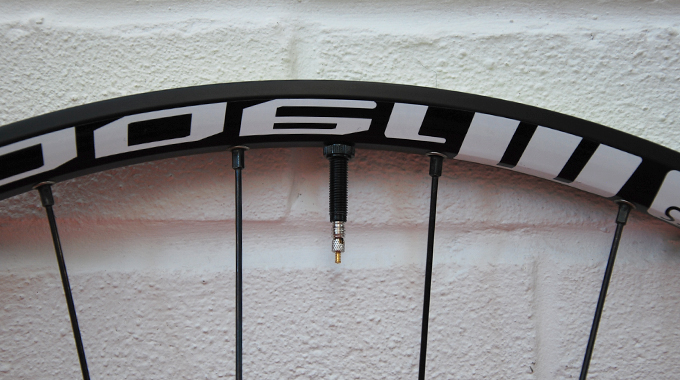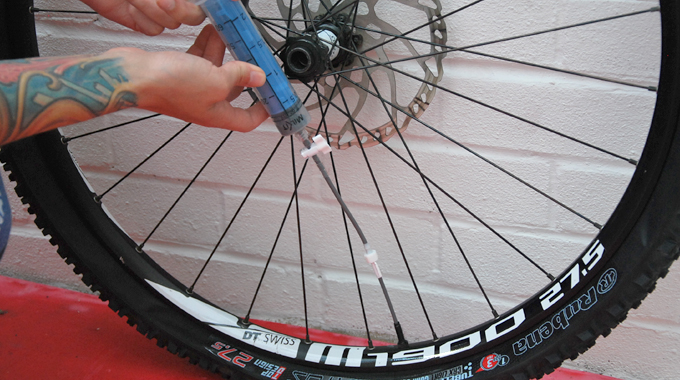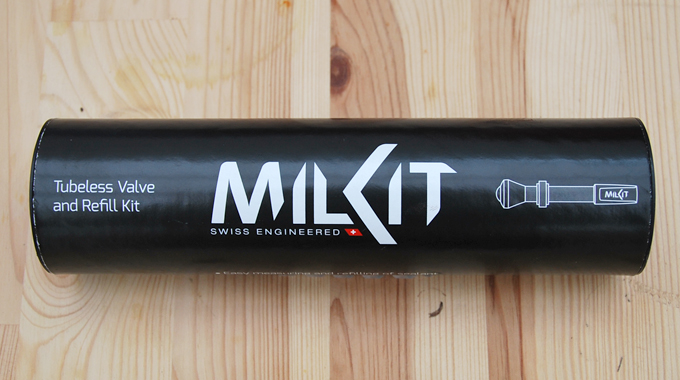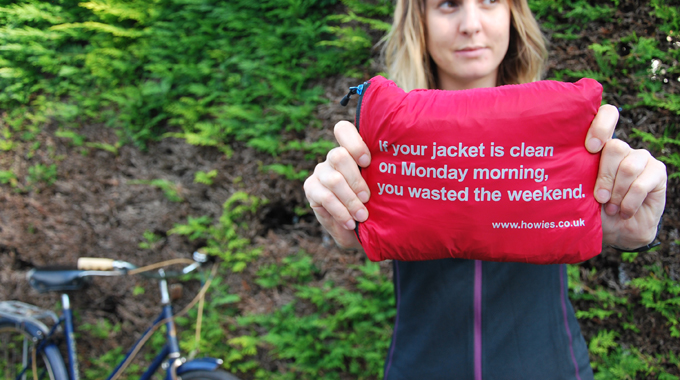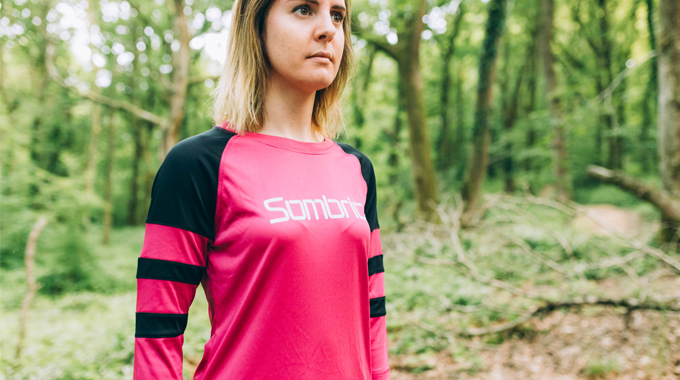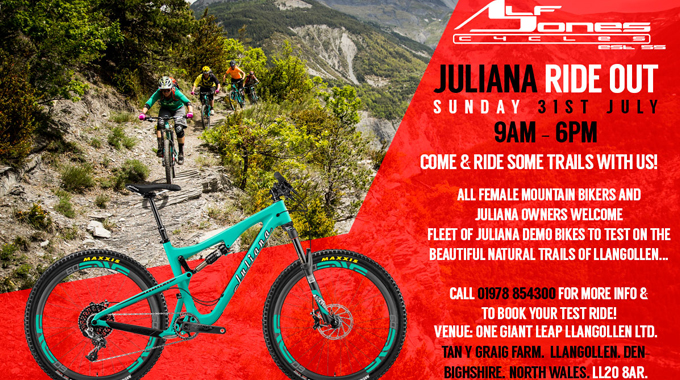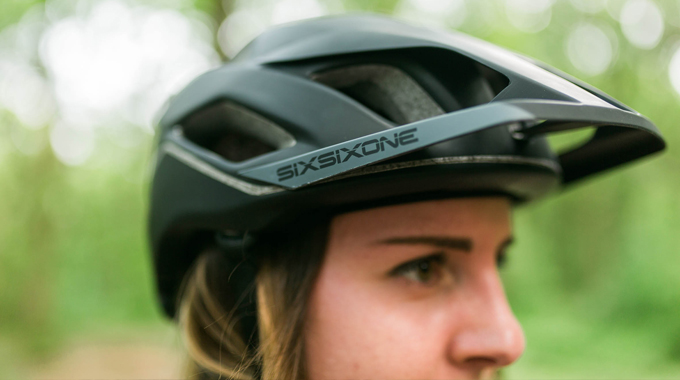Converting to a tubeless wheel set up has become an increasingly popular option for mountain bikers owing to a whole host of benefits, but it does come at a messy and fiddly price… until now.
It’s becoming the new norm to ditch the inners and seal your wheels with tape and sealant, and there’s plenty of good reasons to covert your wheel-set too.
Pesky punctures are a total nightmare sometimes. You always need to carry a tube, levers and pump on every ride, just in case you pinch flat. Not to mention getting the tyre pressure just right to handle your trail riding, but also minimise the risk of puncturing.

Going tubeless is just that, you replace your inner tube with rim tape and some liquid sealant. The sealant acts as a form of glue that rolls around in your tyres as you ride, plugging up any air gaps. Even if you do roll over a sharp point, or pinch flat, the sealant will fill perforations up so you can carry on riding. Perfecto!
However, and there is a downside for going to tubeless which in itself puts off a lot of people and that’s the application and set-up. It CAN be messy, it CAN be fiddly, but it doesn’t have to be if you do it right, have a little patience… and a MilKit.


